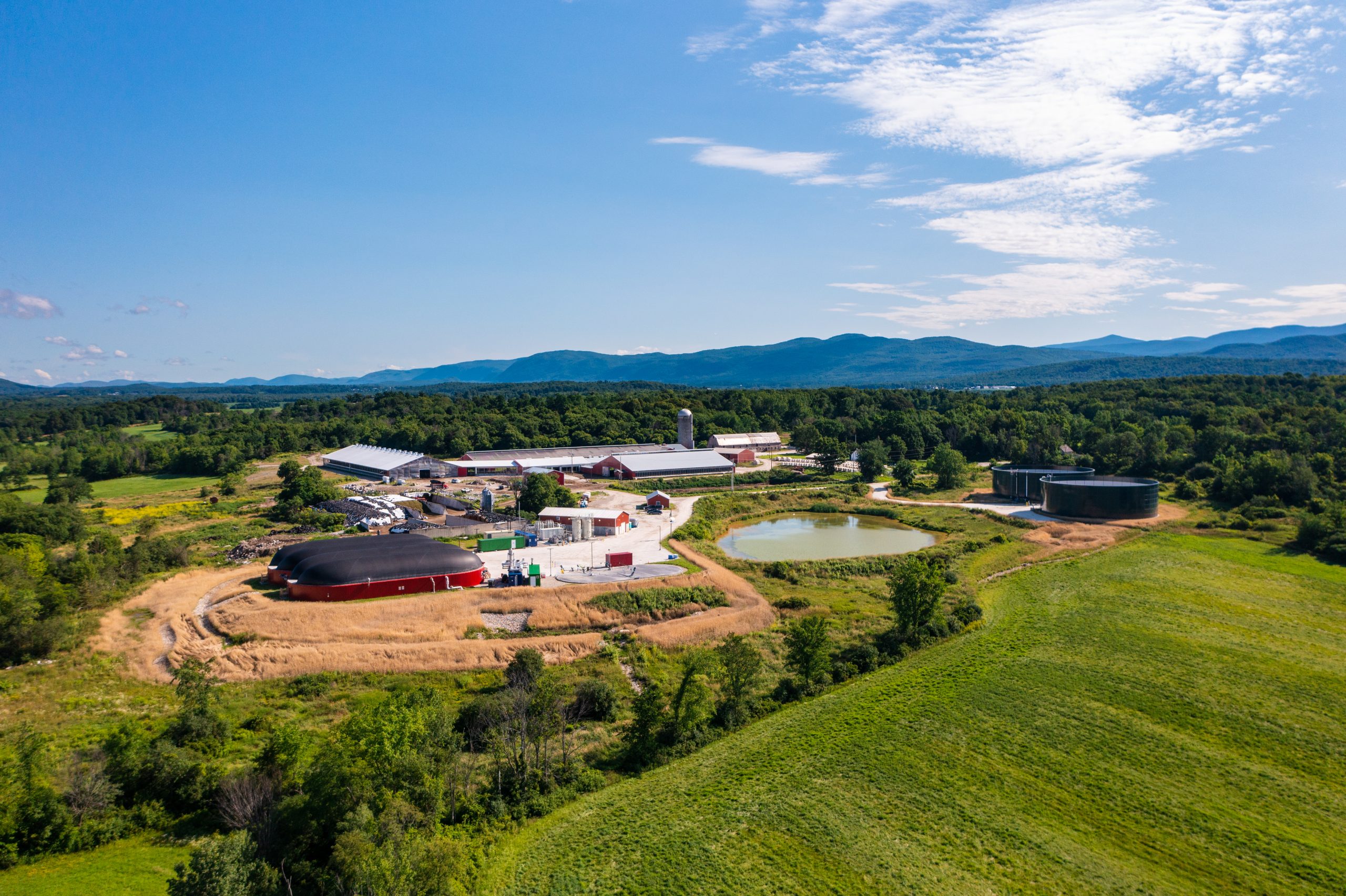Where is your company located?
We are based in Weston, Massachusetts, with operational anaerobic co-digestion facilities in Massachusetts and Vermont, and facilities currently under construction in Wisconsin and Virginia.
How many employees do you have?
We currently have approximately 200 employees and are continuing to grow!
What is the company’s priority over the next five years?
We’re expanding our anaerobic digesters to major US markets, aiming for 50 operational facilities within five years. Partnering with food and beverage manufacturers, we recycle organic waste and cow manure in our on-farm digesters, producing biogas, CO2, and valuable agricultural byproducts. This circular process reduces greenhouse gas emissions, supports regenerative agriculture, and generates renewable natural gas for decarbonizing various industries. Over the next five years, we’ll continue to grow our footprint, offering zero waste solutions to the food and beverage industry while generating renewable energy.
What opportunities and challenges does your company face?
We are the largest Renewable Natural Gas (RNG) producer in the organics space with 12.5 BCF in development across the country, with the opportunity to bring carbon negative renewable energy to a broader audience while helping the food and beverage industry decarbonize and helping to sustain small family farms via an annual lease payment, low-carbon fertilizer, and animal bedding. RNG can be used in multiple segments, creating opportunities for reducing emissions within the gas-to-product, voluntary, utility, and transportation markets, particularly in industries like maritime and international shipping. Regulations and new markets can be a challenge for RNG, and some do not yet have pathways for our unique co-digested RNG, compared to manure or landfill RNG supply sources.

In your opinion, what will be the role of natural gas in the next 50 years?
Natural gas will act as an important transition fuel for grid stability and industrial processes as renewables scale, with RNG emerging as the decarbonization pathway, especially in hard-to-electrify sectors such as shipping or heavy transport. US RNG production, projected to grow tenfold by 2050, will increasingly replace fossil gas with a unique ability, unlike power, to leverage existing natural gas infrastructure, such as Liquefied Natural Gas terminals and pipelines. By 2050, there will be a critical dependence on renewables like RNG as conventional gas declines under climate mandates.










